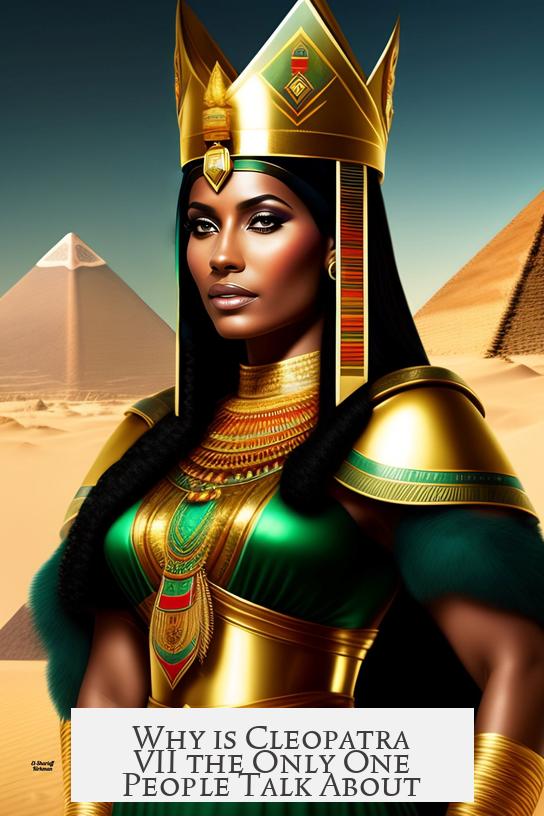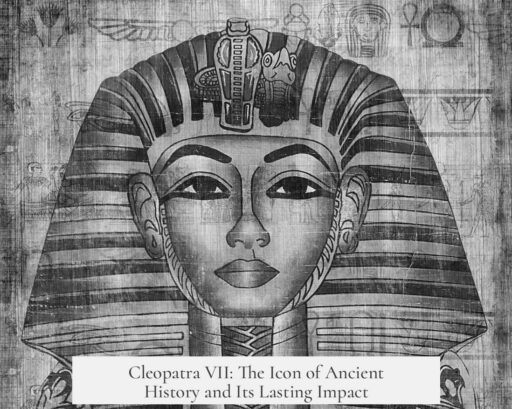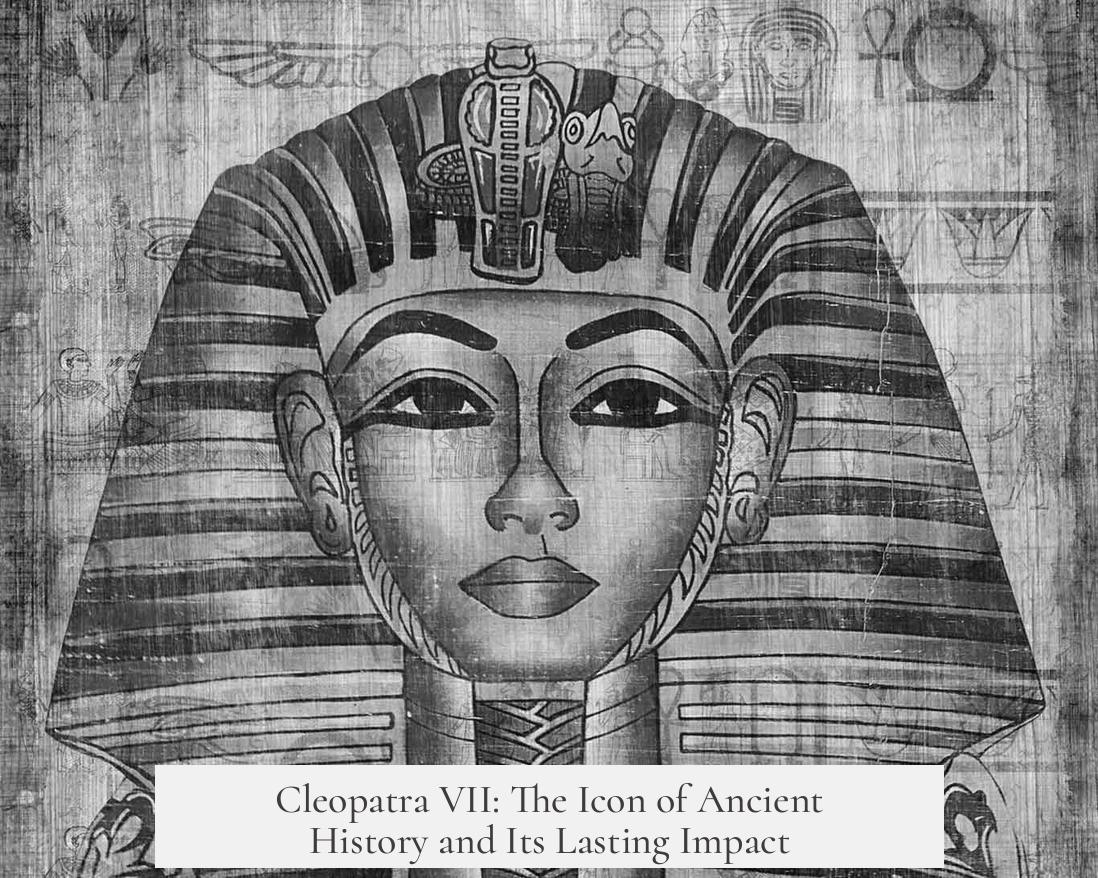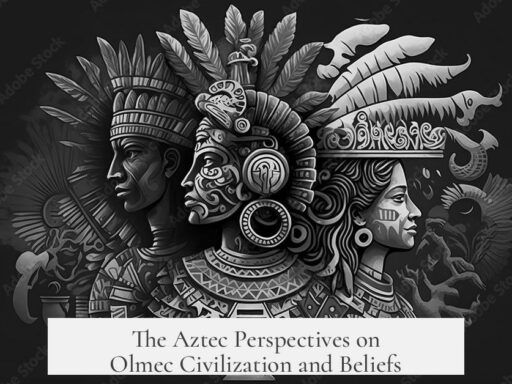Cleopatra VII stands out as the only Cleopatra widely known today because she played a pivotal role in Roman history, her story is well-documented by Roman sources, and she represents the end of both the Ptolemaic dynasty and ancient Egyptian sovereignty.
Unlike earlier Cleopatras, Cleopatra VII is central to major events in Roman civil wars. Her alliance and relationships with Julius Caesar and Mark Antony link her closely to Roman political drama. This connection secured her a prominent place in Roman historical texts, biographies, and literature. Greek and Latin authors mention her frequently. This Roman focus amplified her presence in classical works, which later influenced art and media, cementing her public image across centuries.
In contrast, other Cleopatras left limited traces in Egyptian records. Documentation about Cleopatra VII’s reign in Egypt is sparse. Conflicts during the late 1st century BCE destroyed or obscured many records. Most knowledge about her derives from Roman narratives, which shaped how history remembers her. Archaeological evidence only touches on her economic, religious, and propaganda efforts, but reveals little about her personal life from an Egyptian viewpoint.
Classical works played a significant role in maintaining Cleopatra’s fame. Renaissance and modern artists drew inspiration from Roman and Greek portrayals. While earlier Egyptian rulers like Thutmose III rarely feature outside Egyptology, Cleopatra VII became a cultural icon in Western literature and media. The Ptolemaic dynasty, to which she belonged, straddles an uncomfortable space between Egyptology and Classical studies, often receiving limited scholarly attention until recent times.
Education systems also prioritize earlier Egyptian history. Most curricula emphasize ancient dynasties like the Old and New Kingdoms rather than Ptolemaic Egypt. When covering Macedonian rule in Egypt, focus narrows to Alexander the Great, Ptolemy I, and Cleopatra VII. Earlier Cleopatras are largely omitted due to their relatively minor roles in world history or confusing dynastic sequencing amid civil wars.
Histories tend to highlight rulers who preside during critical moments. Cleopatra VII’s reign coincides with the collapse of the Ptolemaic dynasty and the end of ancient Egyptian autonomy. Her defeat by Rome and Egypt’s annexation in 30 BCE symbolize the close of an era, earning her the label of “last Pharaoh.” Though historical debate exists over details, popular narrative largely embraces this framing.
Cleopatra VII’s children receive little attention relative to her. Her daughter, Cleopatra Selene, appears in historical records as ruler of Mauretania but suffers from scant evidence. Efforts to document Selene’s life highlight the gaps that keep her overshadowed by her mother’s legacy. Symbolic references in Selene’s iconography suggest she aimed to preserve her mother’s influence. Naming her own son Ptolemy implies continuity of the dynasty, but these descendants remain minor figures in contrast to Cleopatra VII’s towering presence.
| Reasons Cleopatra VII Is Most Known | Details |
|---|---|
| Role in Roman History | Key figure in Roman civil wars; linked to Julius Caesar and Mark Antony; documented extensively by Roman authors. |
| Dominant Roman Sources | Roman narratives shape her image; scarce Egyptian records limit alternative views. |
| End of Ptolemaic Dynasty | Represents the last Pharaoh; symbolizes end of ancient Egyptian rule with Roman annexation. |
| Cultural and Educational Focus | Classical literature and modern media perpetuate her fame; education emphasizes her reign over earlier Ptolemies. |
| Overshadowed Relatives | Other Cleopatras and descendants lack detailed records; Cleopatra VII dominates historical and cultural memory. |
- Cleopatra VII is mainly famous due to her impact on Roman political history and its record.
- Roman literature and biographies kept her story alive, unlike scarce Egyptian sources.
- She ruled during the dramatic collapse of the Ptolemaic dynasty and end of ancient Egypt.
- Classical works and education spotlight her, sidelining other Cleopatras.
- Her children and predecessors receive minimal historical attention compared to her.
Why is Cleopatra VII the Only One People Talk About?

Cleopatra VII is the standout Cleopatra in history because she played a critical role in Roman civil wars, was closely linked to famous Romans like Julius Caesar and Mark Antony, and her defeat marked the dramatic end of ancient Egypt as an independent kingdom. But why does her name resonate while other Cleopatras barely register? Let’s unpack this historical mystery.
First off, Cleopatra VII’s impact on Roman history is huge. She wasn’t just any Egyptian queen; she was a key player in the power struggles shaking Rome. Her alliances with Julius Caesar and Mark Antony put her right at the center of Roman civil wars. Romans wrote about her endlessly because she influenced events that shaped their empire. To Roman authors—Greek and Latin poets, historians, and even everyday correspondents—Cleopatra was *the* figure to mention. This has helped make her immortal in Western literature.
In contrast, the other Cleopatras didn’t enjoy this share of the spotlight. Oddly, Cleopatra VII’s Egyptian records are actually patchy. Late 1st century BCE Egypt was chaotic, full of conflict, and Egyptian scribes either didn’t—or couldn’t—document her reign thoroughly. Archaeology helps fill some gaps, revealing her economic moves, religious deeds, and propaganda tactics. However, it doesn’t offer a clear personal view from the Egyptian side. What survives most vividly is Rome’s narrative about her, which, surprisingly, may have boosted her fame globally.
Why Roman accounts? Because, while Egyptian history focused more on earlier eras or different rulers, Rome’s massive empire-building and record-keeping etched Cleopatra VII into the annals of history. Historical texts from the Roman Republic and early Imperial period practically shout her name—even when discussing Caesar or Antony. This external documentation gave her a huge advantage over earlier Ptolemaic queens, who remain lost in dynastic squabbles and unrecorded civil wars.
Here’s an interesting twist: modern culture’s fascination with Cleopatra VII also stems from classical influences. Renaissance painters adored her. Shakespeare mentioned her. Today, TV shows and movies still dramatize her life. Meanwhile, other Egyptian figures like Thutmose III are often ignored outside academic circles. This selective storytelling sustains her fame. The Ptolemaic dynasty she belonged to ended up ‘too Greek’ for Egyptology and ‘too Egyptian’ for Classicism, so the era gets little academic love outside Cleopatra’s story.
Educational systems keep this focus locked in place. Classes mostly highlight Egypt’s ancient past—pharaohs like Ramses and Tutankhamun—leaving scant room for Ptolemaic queens. The Ptolemies become a footnote except for Alexander the Great’s successors and, notably, Cleopatra VII. That narrow attention margin leaves the earlier Cleopatras sidelined, even though some, like Cleopatra I, played important regional roles.
Timing helps too. Cleopatra VII ruled during Egypt’s fall from independence and the collapse of the Ptolemaic dynasty. Dynasties that rise or fall sharply catch historians’ eyes. Earlier Cleopatras often disappear in endless political chaos. Cleopatra VII’s dramatic reign coincides with Rome’s annexation of Egypt, historically seen as ancient Egypt’s “end.” She is, hence, styled as the last true pharaoh. Sure, scholarly debates challenge that label—but popular narrative rules the day.
When it comes to her family, Cleopatra VII’s children—like Cleopatra Selene—get little attention. Cleopatra Selene ruled Mauretania and played a decent role historically, but records about her are thin. In fact, scholarship shows how deeply she’s overshadowed by her mother. Researchers like Jane Draycott have tried to piece Selene’s story together, but it’s a tough puzzle with many missing parts.
Selene’s iconography carries Ptolemaic symbolism, hinting she tried to preserve her mother’s legacy and push back against negative views. Naming her son Ptolemy suggests she wanted to keep the dynasty alive in name, though history mostly remembers her as a side note in Cleopatra VII’s epic saga.
So, why is Cleopatra VII the only Cleopatra people know about? Her connection to the sweeping Roman drama, the survival of Roman historical and literary references, and the timing of her reign during a major dynastic and geopolitical shift help her stand tall in history. Meanwhile, the lack of detailed Egyptian records for her reign, overshadowing of her children, and selective historical and educational focus have ensured she remains the face of Cleopatra for most people worldwide.
Does this mean earlier Cleopatras don’t deserve attention? Not at all. They’re fascinating figures lost in the shuffle of dynastic intrigue. But the combined weight of Roman storytelling, dramatic political change, and modern cultural echoes turns Cleopatra VII into an unforgettable icon, while her namesakes stay in the wings.
What Lessons Can We Draw?
- Documentation Matters: Ancient records shape modern fame. The better documented a figure is, especially by dominant cultures like Rome, the more likely they’re remembered.
- Historical Timing Is Key: Being around for major political upheavals makes you famous—otherwise, you’re just another name in a long list.
- Legacy Through Literature and Art: Classical and modern storytelling can make historical figures immortal in public imagination.
In the grand tapestry of history, Cleopatra VII shines brightly—in part because her story intertwines with the mighty Roman Empire, and the momentous fall of ancient Egypt. Other Cleopatras? They’re shadows, waiting to be rediscovered by curious historians and passionate readers willing to see beyond the legend.
Why is Cleopatra VII more famous than other Cleopatras?
Cleopatra VII played a major role in Roman history during two civil wars. Roman writers mentioned her often. Other Cleopatras did not make such a big impact outside Egypt.
Did Egyptian records focus on Cleopatra VII?
Her reign is poorly documented in Egyptian sources. Most detailed accounts come from Roman records, which shaped her lasting image but offer limited insight into how Egyptians saw her.
How did classical literature affect Cleopatra VII’s fame?
Roman and Greek texts kept her story alive. Later art, literature, and media drew on these sources. Other Egyptian rulers lacked this wide recognition in classical works.
Why is Cleopatra VII often seen as the last pharaoh?
- She ruled during the Ptolemaic dynasty’s collapse.
- Her defeat led to Egypt’s annexation by Rome.
- This marked the end of ancient Egypt in popular history.
Why don’t people know much about Cleopatra VII’s children?
Her children, including Cleopatra Selene, had little surviving historical evidence. They are often overshadowed by Cleopatra VII’s dominant legacy in historical accounts.




